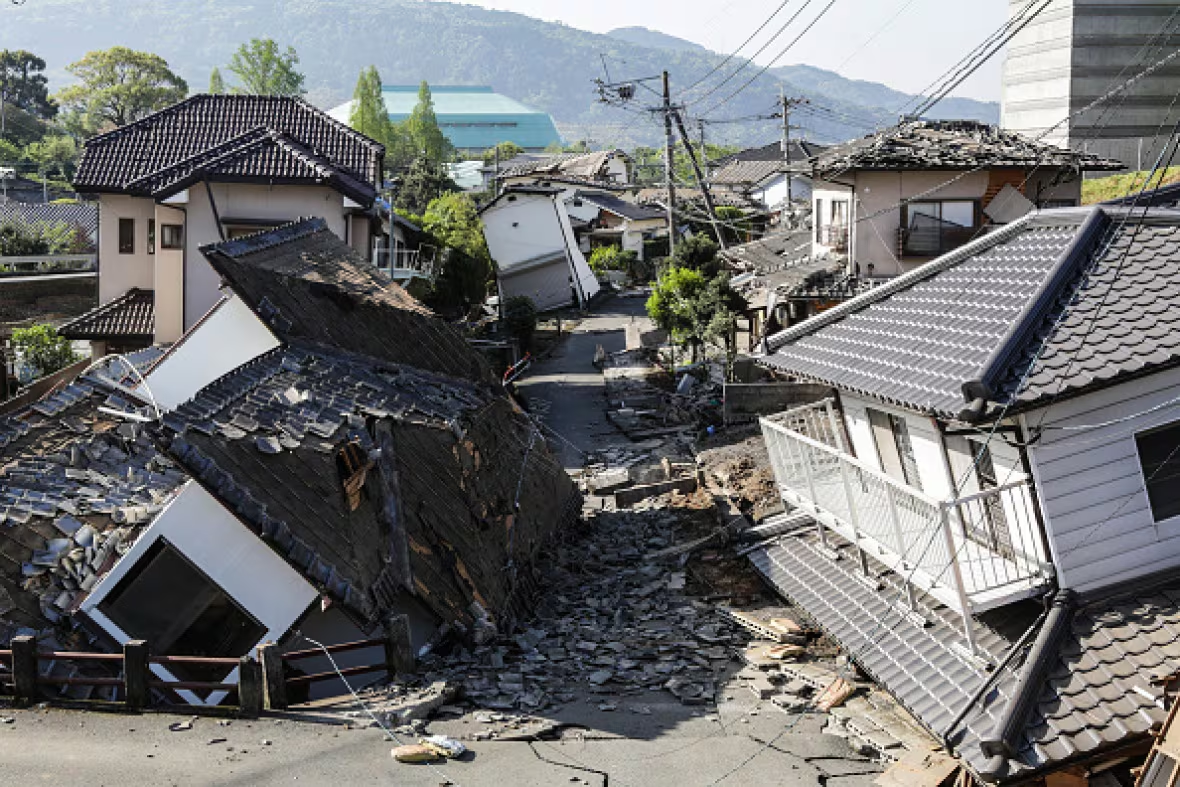Japan and Ecuador earthquakes not linked, seismologists say
Hundreds dead after quakes devastate 2 countries in 3 days
The weekend's devastating earthquake in Ecuador happened on the heels of Japan's back-to-back earthquakes on Thursday and Saturday and has left many people wondering if the two disasters are linked.
Not likely, seismologists say.
- Ecuador quake toll rises to 350; billions needed to rebuild
- Powerful back-to-back earthquakes in Japan kill at least 41
Although both Japan and Ecuador are located on the earthquake-prone Ring of Fire around the Pacific Ocean, CBC's resident seismologist, Johanna Wagstaffe, said they were too far apart to be related.
"The Japan earthquake and the Ecuador earthquake [were] over 15,000 kilometres apart," said Wagstaffe. "Even though they're both on the Ring of Fire, the distance [is] much too great for these earthquakes to be connected.
"A big earthquake can trigger other earthquakes as aftershocks, but generally that distance happens within the section of the [tectonic] plate that slipped," she added.

The Japan and Ecuador earthquakes were also different types, Wagstaffe said.
Japan's earthquake was known as a "transform earthquake," she said. The term "transform" refers to "transform boundaries," which is the area between two plates sliding horizontally past each other.
Saturday night's tremblor in Ecuador was a "subduction earthquake," Wagstaffe said. Subduction means that one tectonic plate moves underneath another.
The quake resulted from a fault, or break, "on or near the plate boundary between the Nazca and Pacific plates," the U.S. Geological Survey (USGS) says on its website.

The agency says "at the location of the earthquake, the Nazca plate subducts eastward beneath the South America plate at a velocity of 61 millimetres a year."
According to the USGS, some of the largest earthquakes in the world have happened in the area.
Wagstaffe said it was only a matter of time before a large earthquake happened on the northern section of the Ecuadorian coastline, saying there had been a "seismic gap or a period of silence."
"This section was waiting to slip," she said.
Susan Hough, a seismologist at the USGS, also said there didn't appear to be a direct relationship between the quakes on opposite sides of the Pacific Ocean.
"Nobody has ever demonstrated statistically significant temporal clustering of large quakes worldwide," she said in an email to The Associated Press. "Maybe there is something more going on than what we understand."
With files from The Associated Press